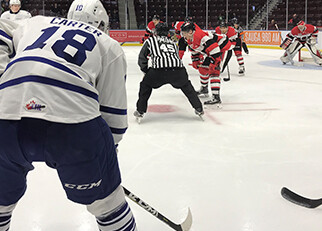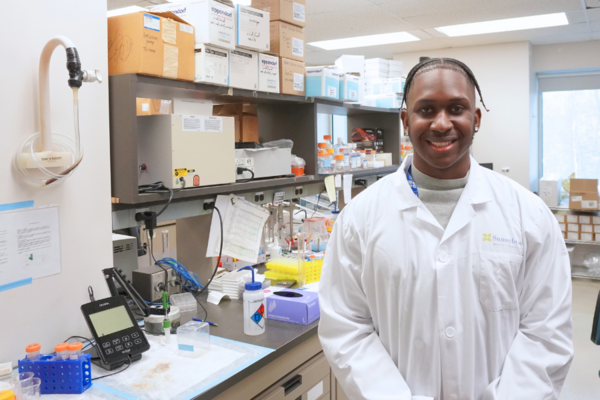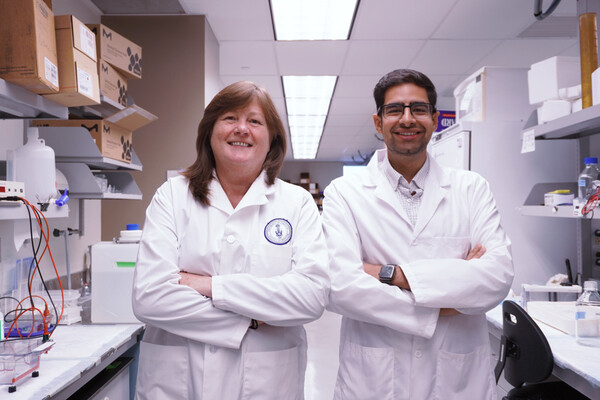Concussions and CTE: how we may not know the full story

Chronic traumatic encephalopathy (CTE) is a neurogenerative disease linked to repeated blows to the head.
Originally studied in the 1940’s and named ‘punch drunk syndrome’ it was a condition thought to be limited to boxers who sustained considerable blows while in the ring.
However, more recent high-profile cases of other athletes, including American footballers like Aaron Hernandez and Mike Webster, gave prominence to the condition, in turn raising awareness of the dangers of concussion in sports.
CTE is diagnosed by identifying tau-based lesions in the depths of the folds in the frontal lobes of the brain. Tau is a protein that helps stabilize the internal skeleton of nerve cells (neurons) in the brain and forms a specific kind of accumulation in the brain with CTE. This accumulation is only identifiable via an autopsy as there is no current way to diagnose it in living patients. Symptoms when alive can cover a broad range so they are nonspecific – for example a change in how someone thinks, feels, acts and moves.
Nicole Schwab is a PhD candidate in the Department of Laboratory Medicine & Pathobiology in the Temerty Faculty of Medicine. Working in the lab of Neuropathologist Dr. Lili-Naz Hazrati, she is using a bank of post-mortem brains of elite athletes to study CTE further. Together with Dr. Richard Wennberg, a neurologist at UHN and the Department of Medicine at the University of Toronto, whose expertise is in sports concussion, and other members of the Canadian Concussion Center, the team investigated the careers and brains of several elite hockey and football players. Their paper was recently featured on the cover of the journal of Neurology.
The team discovered that there was no correlation between how long an athlete played their sport, nor what position they played, in the levels of tau deposits, and therefore the presence of CTE in the brain. So what does that mean?
“There is definitely a gap in our understanding of how these processes are initiated and what's actually happening at the level of the cell. There doesn’t appear to be a linear correlation between the number of concussions you get and the effect on the brain,” explains Schwab, “Some people may be more susceptible to fewer concussions, whereas some might be more resistant to a larger number of concussions.”
What the study highlights is actually how little we know about the causes of CTE. Tau deposits are but a pathology, points out Schwab, “We’re not entirely sure what the functional relevance of the tau is. Some individuals had a lot of neurological symptoms but not many lesions, others had high levels of tau and very few symptoms. Using the presence of tau as a diagnostic biomarker may no longer be the way forward.”
Dr. Hazrati points out that they are studying a small group of elite athletes. “These are unique individuals and we don’t know what else is happening to them that could influence their brain: injuries and their treatment, use of recreational substances, how hard they train, all these could be having an effect. These are people who push their bodies to extremes so there may be other reasons why their brains react the way they do.”
Schwab also noticed a significant amount of DNA damage in the brains they have been studying. “There exist naturally-occurring polymorphisms and even mutations in some of the genes responsible for repairing DNA damage, meaning there may be genetic factors linked to CTE susceptibility we have yet to discover. This is especially interesting when looking at males and females, since women seem to have longer and more severe symptoms of concussion, but as a group are less studied” “We know that people’s bodies react differently, for example to diets, and we don’t think the brain is any exception to that, including how it reacts to concussions,” adds Hazrati, ”There is no one size fits all for pathology and for the meaning of pathological inclusions.”
The goal for the team is to obtain a deeper understanding of the neuropathology of concussions so that “we can move on to develop biomarkers and have a better understanding of the pathophysiology.” This could lead to more targeted treatments for people at risk of repeated concussions and prevent more serious conditions like CTE from ever forming.
“CTE is an incredibly difficult condition to diagnose and we do not understand enough about what causes it to diagnose it as such,” clarifies Schwab, “There are far too many environmental, lifestyle, and genetic variables that we are yet to understand. Concussions should be treated with extreme caution as we know that brain trauma is detrimental to brain health, but I think athletes and their families need to be aware that CTE is lot more complex and less understood than some high-profile media cases would lead us to believe. Since many symptoms of potential CTE are treatable, such as depression and attention disorders, even a tentative diagnosis does not need to be seen as negatively as it once was.”
Read the full paper in Neurology, the medical journal of the American Academy of Neurology: Association of Position Played and Career Duration and Chronic Traumatic Encephalopathy at Autopsy in Elite Football and Hockey Players

Nicole Schwab




